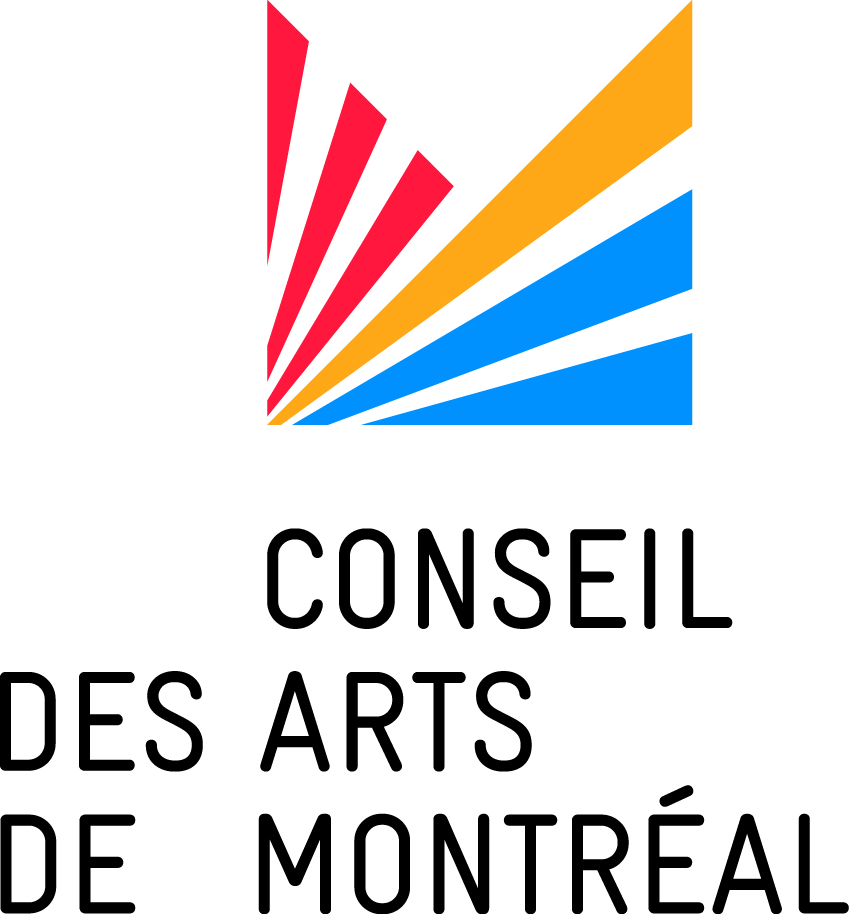Curators: Gilles Daigneault and Margarida Mafra
Their careers show that Yves Gaucher, Guido Molinari and Claude Tousignant shared many things: our three great “Plasticiens” were all born between 1932 and 1934 into big families in which they were among the youngest. Apart from art class, they weren’t crazy about school. They were quick to become fans of Mondrian and of contemporary music. In their paintings, they were drawn toward simple, solid geometrical forms—rectangles, squares, lozenges, circles—with razor-sharp edges, and to dynamic spaces where colour is sheer energy (without losing its expressivity). Early on, their precocious talent earned them several prizes. In contrast to the Automatistes, they had affinities with the painters of New York, where they exhibited as well, and they had a certain allergy to French art. Finally, they had an almost cult-like attachment to American artist Barnett Newman, to whom they each paid explicit homage, between 1967 and 1978, with major artworks.
In 1961, in New York, Molinari met Newman, whose works he’d discovered in 1958 in Art News and who would attend, a year later, the opening of the Geometric Abstraction in Canada exhibition at the Camino Gallery. A studio visit followed, and an intense friendship that lasted until Newman’s death in 1970. “His death hit me hard. Barney played a huge role in my life: our shared dialogue was really rewarding for me, and he gave me license to make transgressions, to abandon the safe image…” In 1970, to mark his great loss, Molinari dedicated the first in a small series of paintings configured to pay visible homage to Jericho, an exemplary colour field painting and masterpiece that Newman finished a few months before his death.
Eight years later, it was Gaucher’s turn to attend to this beloved Newman painting. Like Molinari, Gaucher often went to New York in the early sixties, where he never missed a prestige exhibition and followed all the developments in (good) American painting, though without ever mentioning Newman’s name. Despite this, in 1978, “Gaucher produces Jericho, a lithograph printed at the Open Studio in Toronto, and begins a series of ‘giant paintings’ (single or diptychs) revolving around the theme of the truncated triangle and grouped under the heading Jericho: An Allusion to Barnett Newman.” The works clearly demonstrate Gaucher’s continued pursuit, in front of Newman’s Jericho, of his own ongoing thinking on asymmetry and the diagonal. At the same time, it is hard not to catch echoes in these works of the pre-Columbian architectures that had seized the painter’s attention on his journeys to the Yucatan and to Mexico, which he had documented extensively in photographs.
It was through his friend Molinari that Tousignant met Newman, in that same period. He remembered, in particular, coming to a dead stop before Newman’s painting Abraham (1949) at the MoMA in 1962. The sight of this relatively austere proposal brought Tousignant back to the paintings he’d exhibited at L’Actuelle in 1956 and which even he had found disconcerting: “In Newman, I found space of dramatic beauty. It was exactly what I was trying to do in 1956: to say as much as possible with as few elements as possible.”
Three years later, Tousignant had another striking experience with a work by Newman: he saw the sculpture Here II in person. “This work,” he told Normand Thériault, “defines the relationships between certain objects and space rather than presenting an object in space. It breaks completely with the notion of ‘monotheism’ in sculpture. It shows us that an object exists through the space that contains it… A definitive work which gave me a completely new notion of sculpture.” And there’s no doubt that sculpture was important in the painter’s work. His 1968 Homage to Barnett Newman is an improbable object, at the crossroads of drawing, painting and sculpture.
The three great “homages” are united here for the first time with—as a bonus in the bank vault—a print by Barnett Newman, gift to Molinari from the artist who was a bit of a mentor and a great friend…
– Gilles Daigneault



















